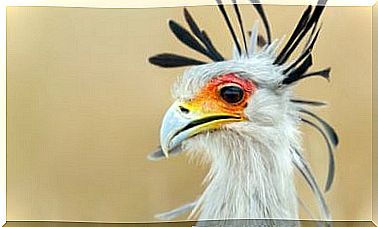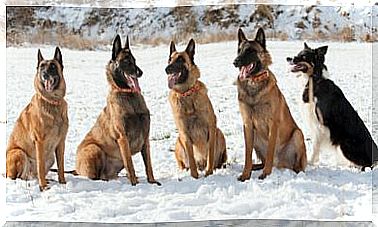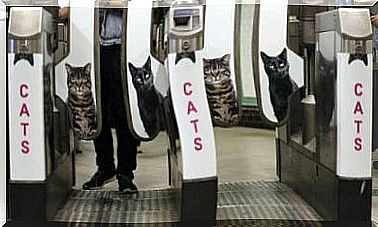The Reason Cats Don’t Roar Like Lions

Cats are able to make up to 100 different sounds to express emotions or moods, but they don’t roar like their larger feline relatives. Why does it happen?
What is roar and how does it occur?
One of the most impressive sounds that nature offers us is the roar of a lion. This deep and explosive sound is produced by certain species of animals of the Panthera genus , such as the tiger, leopard, jaguar and, of course, the lion ( Panthera leo ), whose roar is the most powerful and iconic.
The roar generates a forced sound through the open mouth, and the hyoid bone is responsible for this. This small floating bone, located in the throat, is relatively flexible and partially ossified in animals capable of roaring.
Vibration of the hyoid bone, together with an arrangement of the vocal cords and larynx at the appropriate time, is what allows for the roar.
Roar is usually defined by a pattern divided into three sections with different frequencies. The most characteristic roar of all, that of the lion, consists of the first long, low roars, which give way to a series of shorter roars that can be heard five miles away.
Why don’t cats roar like lions?
Despite their resemblance to big cats, cats are not capable of roaring. It wasn’t until 1834 that a researcher named Richard Owen discovered the biological reason behind this.

Despite also having a hyoid bone that supports the tongue and larynx, Owen found that, in cats, this bone is much harder than that of big cats, and it is completely calcified. This prevents them from making roars.
There are more morphological differences between felines, and they are in the thickness of the vocal cords. Animals capable of roaring, such as the lion and the tiger, have much thicker vocal cords than, for example, the house cat or the snow leopard.
Our feline friends do not roar, but are capable of emitting a sound in which the hyoid bone and vocal cords also intervene: the purr.

How does a cat purr?
Although the mechanism is not yet fully understood, recent studies suggest that cats take advantage of the rigidity of the hyoid bone to purr.
In addition, cats are believed to vibrate their vocal chords at a rate of 26 times per second when breathing in and out of air while emitting this characteristic, calming sound.
Purring is not an exclusive feature of domestic cats, as some relatives, such as the cheetah and more distant ones, such as the mongoose, are also capable of purring.
A relevant fact is that the cats that purr cannot roar and, in turn, the big cats that roar cannot purr. Curious, isn’t it?









